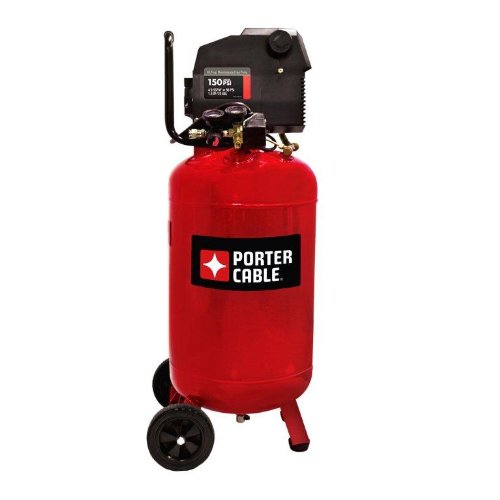Organic growers now have a new tool to control weeds: abrasive weeding, or “weed blasting,” which uses an air compressor to blast organic grit at weed seedlings during vulnerable growth stages.
Weed blasting can reduce weed biomass in organic tomato and pepper crops by up to 97 percent, while maintaining crop yields similar to hand-weeded control plots.
Organic fertilizers, such as soybean meal, can be used as abrasive grit, which could mean farmers could control weeds and fertilize their crop in a single pass.
The method, recently field-tested at the University of Illinois, has been proven effective. In conjunction with plastic mulch, abrasive weeding reduced final weed biomass by 69 to 97 percent compared to non-weeded control plots.
During the study, grit was applied through a hand-held siphon-fed sand-blasting unit connected to a gas-powered air compressor, which was hauled down crop rows with a walk-behind tractor. A number of grit sources were tested: walnut shells, granulated maize cob, greensand, and soybean meal. If applied at the right plant growth stage, the force of the abrasive grit severely damages stems and leaves of weed seedlings.
No significant differences were fund between the grit types in terms of efficacy.
Plots with plastic mulch and one or more blasting treatment achieved the same fruit yields seen in hand-weeded plots, and 33 to 44 percent greater yields than in non-weeded control plots.
According to the study, weed blasting does affect some weeds more than others. Essentially, the smaller the seedling, the better. Also, seedlings whose growing points are aboveground (annual broadleaf species) are more susceptible to blasting than seedlings whose growing tips are located below ground (grasses and broadleaf perennials).
Source: Samuel Wortman, University of Illinois.
Organics
Farm Supply
Artwork: Portable Air Compressor
